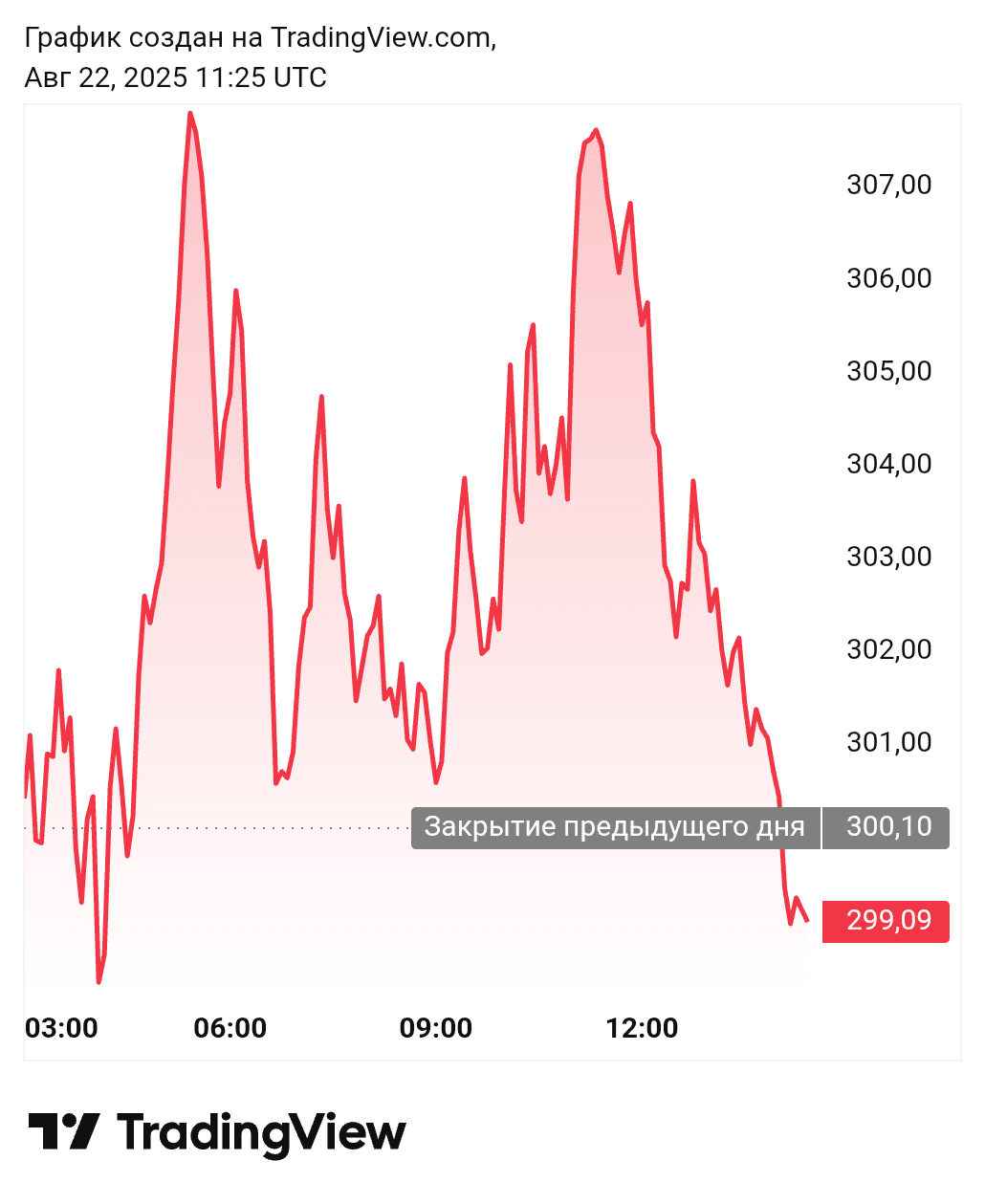Every decentralized application relies on data — whether it's monitoring wallet activity, analyzing token flows, or creating dashboards for DeFi protocols. However, the problem is clear: raw blockchain data is scattered, unstructured, and hard to work with. Chainbase bridges this gap by offering a structured, query-ready environment, allowing developers to focus on building rather than struggling with endless streams of data. The SQL-like query interface is a mastery that makes blockchain analytics accessible not only to experienced engineers but also to newcomers who may not have deep blockchain knowledge.
Pre-built dashboards and templates: speed at the core
One of the most impressive innovations of Chainbase is the ready-made project templates and pre-built dashboards. What used to take weeks of backend engineering can now be done in just a few hours.
Wallet behavior needs to be decoded
Do you want to track token movements across chains
Do you want to create dashboards for NFT markets
Chainbase provides these capabilities out of the box, significantly reducing the time to market for teams and allowing them to scale faster. In the Web3 world, where speed often defines competitive advantage, this is a game-changing advantage.
The power of the $C token: Utility meets ecosystem growth
The introduction of the native token $C has heightened interest in the Chainbase ecosystem. Unlike many tokens that exist mainly for speculation, $C brings real utility:
Governance → allowing the community to shape the future of the platform.
Staking and rewards → incentivizing long-term participation.
Cross-chain bridge integration → ensuring seamless interactions between multiple blockchains.
This positions $C as not just a transactional token. It is the connective tissue of the Chainbase ecosystem. The fact that it also integrates into bridge infrastructure hints at Chainbase's ambitions to become not just a data provider, but a cross-chain data powerhouse.
Creating the 'Central Nervous System' of Web3 Data
When you step back, Chainbase evolves into much more than just a set of tools for developers. It is shaping into what can be described as the central nervous system of blockchain data. Every new feature, whether it's a dashboard, query engine, or token integration, adds another layer of intelligence that connects developers, protocols, and users. This fusion of data infrastructure and utility tokenomics is rare, signaling long-term sustainability rather than short-term hype.
Why developers are paying attention
For builders, Chainbase presents three critical advantages:
Efficiency – Faster development cycles with pre-built tools.
Accessibility – Lower learning curves thanks to a familiar query language
Scalability – Infrastructure that grows with projects as they expand across chains.
These elements clearly demonstrate why Chainbase is gaining traction not just as another analytics tool, but as a necessary layer for serious Web3 projects.
Looking ahead: more than infrastructure
Holding c today feels like participating in the early days of something transformative. As the ecosystem matures, Chainbase positions itself not only to support existing dApps but to stimulate the next generation of Web3 applications that rely on real-time data streams, reliable and interoperable.
It is no longer just infrastructure; it is an evolving foundation for how blockchain intelligence will be accessed, shared, and monetized in the future.
Final thought
In a space where developers often feel overwhelmed by fragmented tools and endless technical hurdles, Chainbase brings relief and empowerment. It's not just about data — it's about making data usable, valid, and valuable.
With its SQL-like simplicity, pre-built efficiencies, and the growing utility of $C, Chainbase is quickly becoming something more than just a platform. It is a partner for builders shaping the future of Web3.
The journey is just beginning, but the direction is clear: Chainbase is setting a new standard for blockchain data.#MarketPullback


